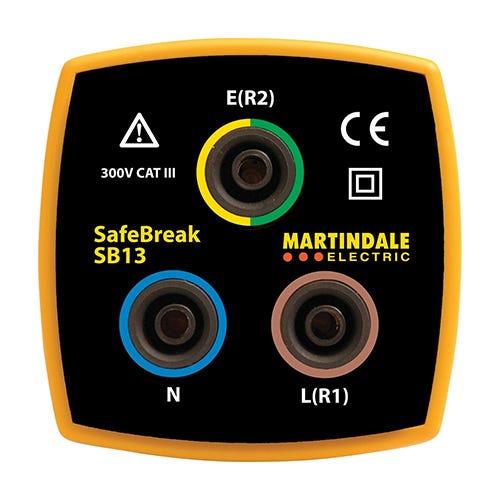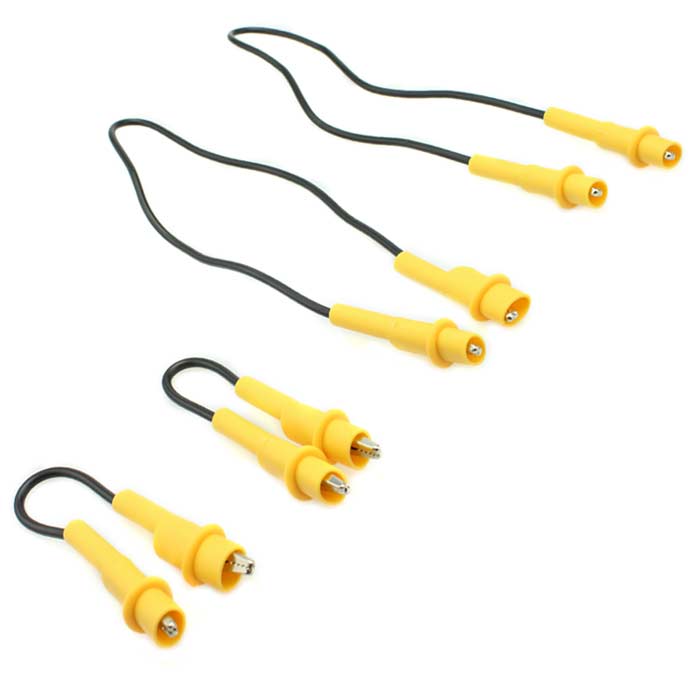- Reaction score
- 7,757
When doing R1+R2 at the sockets what
Items do you use regarding leads or so.
Items do you use regarding leads or so.
Discuss I'll just throw this out there. in the UK Electrical Forum area at ElectriciansForums.net



I have a (marked!) 3-pin plug with L-E link in.
Some of the croc leads would be handy, but hardly something I do a lot of.I have a (marked!) 3-pin plug with L-E link in.
I do like these kewtech crocs myself the magnetic one looks good but can’t help but think the connection wouldn’t be as good especially after it ends up with metal filings all over the endI've been using these for a while now and find them good!

Kewtech R1 + R2 Jump Leads
KEWTECH R1 + R2 Jump Leads Kewtech jump leads are designed as a alternative to termination blocks used when testing and performing R1 & R2 tests. They significantly speed up testing time, and an essential tool when carrying out ring mains testing. Order Code: JUMPLEAD1 - LD1 #html-body...www.test-meter.co.uk
I did see an Efix vid a while ago that had some magnetic ones that fitted in the cable terminal screw hole. Not seen or tried them though!
Sy
My favorite.Plus I drill 3 little holes in the plugtop just above the L,N and E terminals.It facilitates other basic testing as well.Same. Labelled plugtop with 3 tails hanging out that can be shorted with a lever wago.
Maybe they would accept a 4mm plug-top adapter and a standard test lead between L and EThere may also be a pedantic Peter that says the tests won’t be valid as the linked out plugtop isn’t a proper piece of test equipment…. Not authorised adaptor etc
If working alone, yes.Surely each time you move the plug to another point on the circuit, you have to walk back to the board to confirm the reading on the MFT?
That's what I made one yesterday by soilering the link to earth and live with out the fuse..The linked plug seems a good idea
Reply to I'll just throw this out there. in the UK Electrical Forum area at ElectriciansForums.net








We get it, advertisements are annoying!
Sure, ad-blocking software does a great job at blocking ads, but it also blocks useful features of our website. For the best site experience please disable your AdBlocker.
